The 2019 Lopez-Lluch bioavailability study – the “gold standard” reference for CoQ10 bioavailability studies – showed, among other things, that there is considerable variability from individual to individual. Individuals differ in the ability both to absorb Coenzyme Q10 as such and to absorb Coenzyme Q10 in differing formulations [Lopez-Lluch 2019].
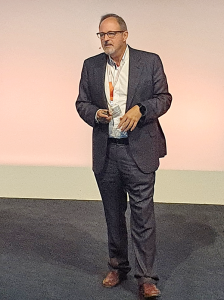
Professor Guillermo Lopez-Lluch was the lead researcher on a double-blind cross-over study of the ways in which different formulations of CoQ10 supplements result in different levels of absorption and bioavailability. Especially important to the formulation of the CoQ10 supplement is the choice of the carrier oils and the thermal crystal solubilization process.
That extensive inter-individual variability in absorption means that it is quite difficult to assess the relative bioavailability of different CoQ10 formulations across different bioavailability studies. The reason is that there are influential differences in the study participant cohorts: young and old, male and female, athletic and sedentary, etc.
For example, Beaulieu et al present evidence that supports the theory that the CoQ10 metabolism in response to a CoQ10 supplement differs between men and women [Beaulieu 2022].
Earlier, on this site, the natural pharmacist Dr. Ross Pelton discussed the lack of validity of comparing the bioavailability of a ubiquinol supplement formulated with medium-chain triglycerides and the bioavailability of a ubiquinone powder supplement.
Note: Be wary of marketing claims based on comparisons of different studies done by different researchers, using different cohorts of study participants and using different research protocols [Judy 2021 Dec].
Carrier Oils and Crystal Solubilization Important for CoQ10 Absorption and Bioavailability
The Lopez-Lluch bioavailability study shows that CoQ10 bioavailability is highly dependent upon the choice and the ratio of the carrier oils in the supplement and the extent of the dissolution of the Coenzyme Q10 in those oils [Lopez-Lluch 2019].
Perhaps equally important to the bioavailability of the CoQ10 supplement is the CoQ10 thermal crystal solubilization process used in the manufacturing of the supplement. By this, we mean precise heating and cooling procedures that result in the solubilization of the Coenzyme Q10 at body temperatures [Lopez-Lluch 2019].
The point is that commercially available CoQ10 supplements are not manufactured in the same way and do not have the same absorption and bioavailability. For this reason, it is important to find a CoQ10 supplement that has scientific documentation for its absorption and bioavailability.
What Hinders the Uptake of Coenzyme Q10 from Supplements?
Vitamin E
Kaikkonen and Langsjoen, separately, showed that concurrent supplementation with Vitamin E and Coenzyme Q10 resulted in a decline in plasma CoQ10 absorption levels [Kaikkonen 2002; Langsjoen 2005]. Accordingly, it is advisable not to take more than 200 mg of vitamin E simultaneously with a CoQ10 supplement.
Vitamin C
In the Lopez-Lluch study, two supplement formulations with the same oil matrix and the same manufacturing procedures differed only by the addition of vitamin C to one of them. The formulation containing the vitamin C had a 50% lower bioavailability over 48 hours after ingestion [Lopez-Lluch 2019].
Professor Lopez-Lluch says: “In our study, and in others, addition of antioxidants and other compounds such as sterols seems to reduce the absorption of dietary Q10” [Lopez-Lluch 2017, June 5, email].
PABA
PABA, a substance similar to the B vitamins, is sold as a dietary supplement. This substance has been shown to be not only a competitive inhibitor of the CoQ10 bio-synthetic pathway enzyme, COQ2, but also to reduce the absorption of Coenzyme Q10 from supplements [Duberley 2013].
Omega-3 Fatty Acids
Toth et al conducted a study of three interventions [Toth 2017]:
- control group with unaltered statin therapy
- statin therapy + omega-3 fatty acids 2.52 g/day
- statin therapy + omega-3 fatty acids 2.52 g + CoQ10 200 mg/day
The researchers observed significant reduction of hepatic enzymes activity, systolic blood pressure, inflammatory markers and triglyceride levels in both treatment groups in comparison to the unaltered statin control group. Thus, they concluded that the combination with omega-3 fatty acids did not significantly reduce the effect of the CoQ10 treatment [Toth 2017].
Similarly, Beaulieu et al compared Coenzyme Q10 in powder form with Coenzyme Q10 mixed with monoglycerides from omega-3 fatty acids. They found that the bioavailability of the Coenzyme Q10 in oil during 48 hours following ingestion was twice as great as for the powder Coenzyme Q10 [Beaulieu 2022].
Effect of baseline CoQ10 concentration
Individuals in the 2019 Lopez-Lluch bioavailability study with lower basal CoQ10 levels also showed lower relative AUC and Cmax increases following the ingestion of the single dose of 100 mg [Lopez-Lluch 2017, June 5, email].
Effect of CoQ10 concentration in supplements
Ratio of Coenzyme Q10 to carrier oils
To a certain extent, the absorption of supplemental Coenzyme Q10 depends upon the ratio of the CoQ10 quantity to the carrier oil quantity. The effect of the ratio of Coenzyme Q10 to the carrier oils in the capsule may vary from carrier oil to carrier oil. If, for example, a one-to-four ratio of Coenzyme Q10 to carrier oils is optimal, then a capsule containing 50 mg of Coenzyme Q10 will require a lesser quantity of carrier oils than a capsule containing 100 mg of Coenzyme Q10.
Divided CoQ10 doses at different meal times
Also noteworthy is the absorption study done by Singh et al. Their research showed that a single dose of 200 mg of Coenzyme Q10 will increase serum CoQ10 levels more than a single dose of 100 mg will. However, two single doses of 100 mg taken at different meal times will increase the serum CoQ10 levels significantly more than a single 200-mg dose will [Singh 2005].
Three times 100 mg Coenzyme Q10 in divided doses
In the Q-Symbio study of the beneficial effect of CoQ10 adjuvant treatment of chronic heart failure, the researchers administered 100 mg of Coenzyme Q10 three times daily, in the morning, at lunch time, and at dinner time [Mortensen 2014].
CoQ10 supplement with a meal containing some fat
For best absorption, CoQ10 supplements must be taken in divided doses, as indicated above, and must be taken together with a meal containing some fat. Monoglycerides from fatty acids improve the passage of the Coenzyme Q10 through the small intestines to the intestinal absorption cells [Judy 2018].
For example, eating peanut butter or yogurt has a beneficial effect on the absorption of Coenzyme Q10 from supplements [Langsjoen 1994; Bhagavan 2006].
Sex Differences
Beaulieu et al found a difference in the CoQ10 metabolism between men and women in that the CoQ10 concentrations peaked at 10 hours after ingestion in women but at 6 hours after ingestion in men [Beaulieu 2022].
Their data also suggest that women actually have lower CoQ10 clearance than men since their plasma CoQ10 concentrations were higher than men 24 and 48 hours after the single-dose intake. But, again, we have to take into account individual variability in CoQ10 absorption. The Beaulieu study enrolled only 30 study participants.
Conclusion: CoQ10 Comparisons Can Be Misleading
Two points
- Be very careful about giving too much credence to marketing claims based on comparisons of studies enrolling different cohorts.
- Look for scientific documentation of a supplement’s absorption and bioavailability.
Sources
Beaulieu S, Vachon A, Plourde M. Women have higher levels of CoQ10 than men when supplemented with a single dose of CoQ10 with monoglycerides omega-3 or rice oil and followed for 48 h: a crossover randomised triple blind controlled study. J Nutr Sci. 2022 Jan 18;11:e2.
Bhagavan HN, Chopra RK, Craft NE, Chitchumroonchokchai C, Failla ML. Assessment of coenzyme Q10 absorption using an in vitro digestion-Caco-2 cell model. Int J Pharm. 2007 Mar 21;333(1-2):112-7.
Duberley KE, Abramov AY, Chalasani A, Heales SJ, Rahman S & Hargreaves IP. Human neuronal Coenzyme Q10 deficiency results in global loss of mitochondrial respiratory chain activity, increased mitochondrial oxidative stress and reversal of ATP synthase activity. J Inherit Metab Dis. 2013;36(1):63-73.
Judy WV. The Instability of the Lipid-Soluble Antioxidant Ubiquinol: Part 3-Misleading Marketing Claims. Integr Med (Encinitas). 2021 Dec;20(6):24-28.
Kaikkonen J, Tuomainen TP, Nyyssonen K, Salonen JT. Coenzyme Q10: absorption, antioxidative properties, determinants, and plasma levels. Free Radic Res. 2002 Apr;36(4):389-97.
Langsjoen, JO, Langsjoen AM & Langsjoen PH. (2005). A reduction in plasma Coenzyme Q10 (CoQ10) secondary to supplemental vitamin E. Los Angeles: 4th CoQ10 Conference of the International CoQ10 Association.
Langsjoen H, Langsjoen P, Willis R, Folkers K. Usefulness of Coenzyme Q10 in clinical cardiology: a long-term study. Mol Aspects Med. 1994;15s s165-s175.
López-Lluch G, Del Pozo-Cruz J, Sánchez-Cuesta A, Cortés-Rodríguez AB, Navas P. Bioavailability of coenzyme Q10 supplements depends on carrier lipids and solubilization. Nutrition. 2019 Jan;57:133-140.
Lopez-Lluch G. Private communication. 2017, June 5.
Mortensen SA, Rosenfeldt F, Kumar A, Dolliner P, Filipiak KJ, Pella D, Alehagen U, Steurer G, Littarru GP; Q-SYMBIO Study Investigators. The effect of coenzyme Q10 on morbidity and mortality in chronic heart failure: results from Q-SYMBIO: a randomized double-blind trial. JACC Heart Fail. 2014 Dec;2(6):641-9.
Singh RB, Niaz MA, Kumar A, Sindberg CD, Moesgaard S, Littarru GP. Effect on absorption and oxidative stress of different oral Coenzyme Q10 dosages and intake strategy in healthy men. Biofactors. 2005;25(1-4):219-24.
Tóth Š, Šajty M, Pekárová T, Mughees A, Štefanič P, Katz M, Spišáková K, Pella J, Pella D. Addition of omega-3 fatty acid and coenzyme Q10 to statin therapy in patients with combined dyslipidemia. J Basic Clin Physiol Pharmacol. 2017 Jul 26;28(4):327-336.
The information presented in this review article is not intended as medical advice and should not be used as such.


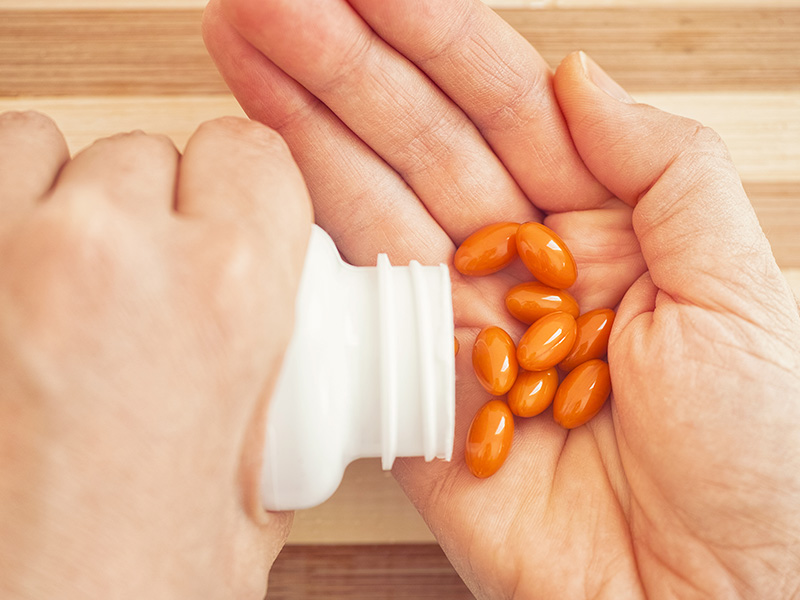
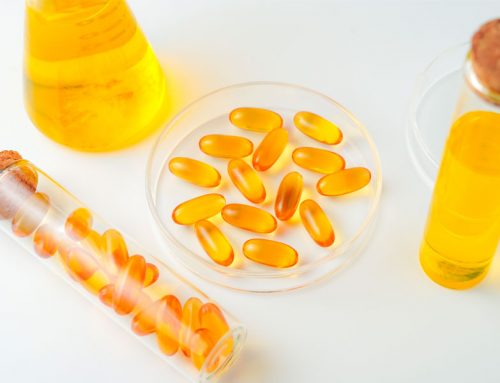
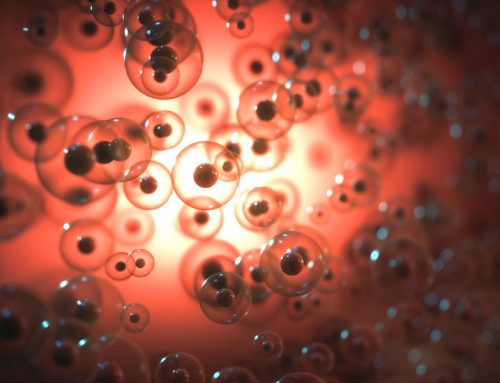
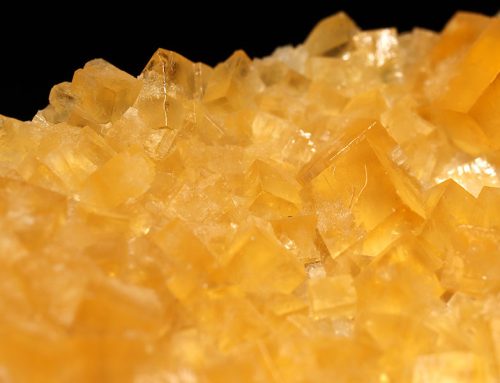
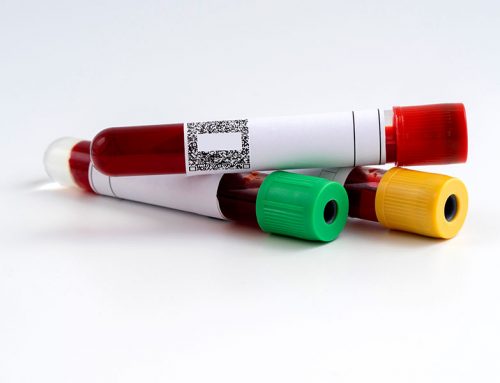
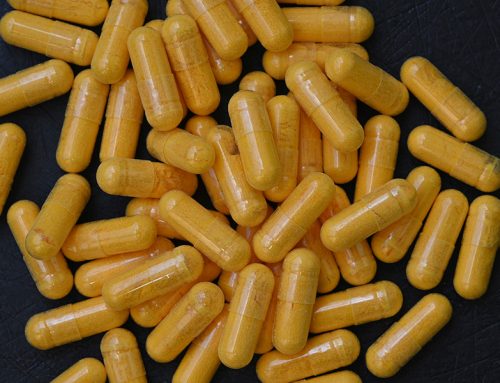

where can find objective ranking of coq10 products
Dear Bill –
An objective ranking – an interesting question.
For the evaluation of the CoQ10 product to be objective, the product would have to be subjected to clinical tests in randomized double-blind, placebo-controlled trials, don’t you agree? And, the outcomes should be measurable, right?
So, you need clinical trials in which the extent to which supplementation with the product 1) increases plasma CoQ10 concentrations and 2) increases ejection fraction or 3) reduces NT-proBNP levels in the blood or 4) reduces the risk of cardiovascular and all-cause mortality or 5) reduces the blood concentrations for biomarkers of oxidative stress and inflammation.
I hope you agree that that is what you would need.
The thing is, many of the commercially available CoQ10 products have never been tested in clinical trials.
To date, the best studies of the type specified above are the Q-Symbio study and the KiSel-10 study.
Mortensen SA, Rosenfeldt F, Kumar A, Dolliner P, Filipiak KJ, Pella D, Alehagen U, Steurer G, Littarru GP; Q-SYMBIO Study Investigators. The effect of coenzyme Q10 on morbidity and mortality in chronic heart failure: results from Q-SYMBIO: a randomized double-blind trial. JACC Heart Fail. 2014 Dec;2(6):641-9.
Mortensen AL, Rosenfeldt F, Filipiak KJ. Effect of coenzyme Q10 in Europeans with chronic heart failure: A sub-group analysis of the Q-SYMBIO randomized double-blind trial. Cardiol J. 2019;26(2):147-156.
Alehagen U, Johansson P, Björnstedt M, Rosén A, Dahlström U. Cardiovascular mortality and N-terminal-proBNP reduced after combined selenium and coenzyme Q10 supplementation: a 5-year prospective randomized double-blind placebo-controlled trial among elderly Swedish citizens. Int J Cardiol. 2013 Sep 1;167(5):1860-6.
Here is a link to a description of the CoQ10 product used in the Q-Symbio and KiSel-10 studies.
http://www.q-symbio.com/can-i-get-the-same-q10-used-in-the-study
Sincerely,
Richard
Thanks you